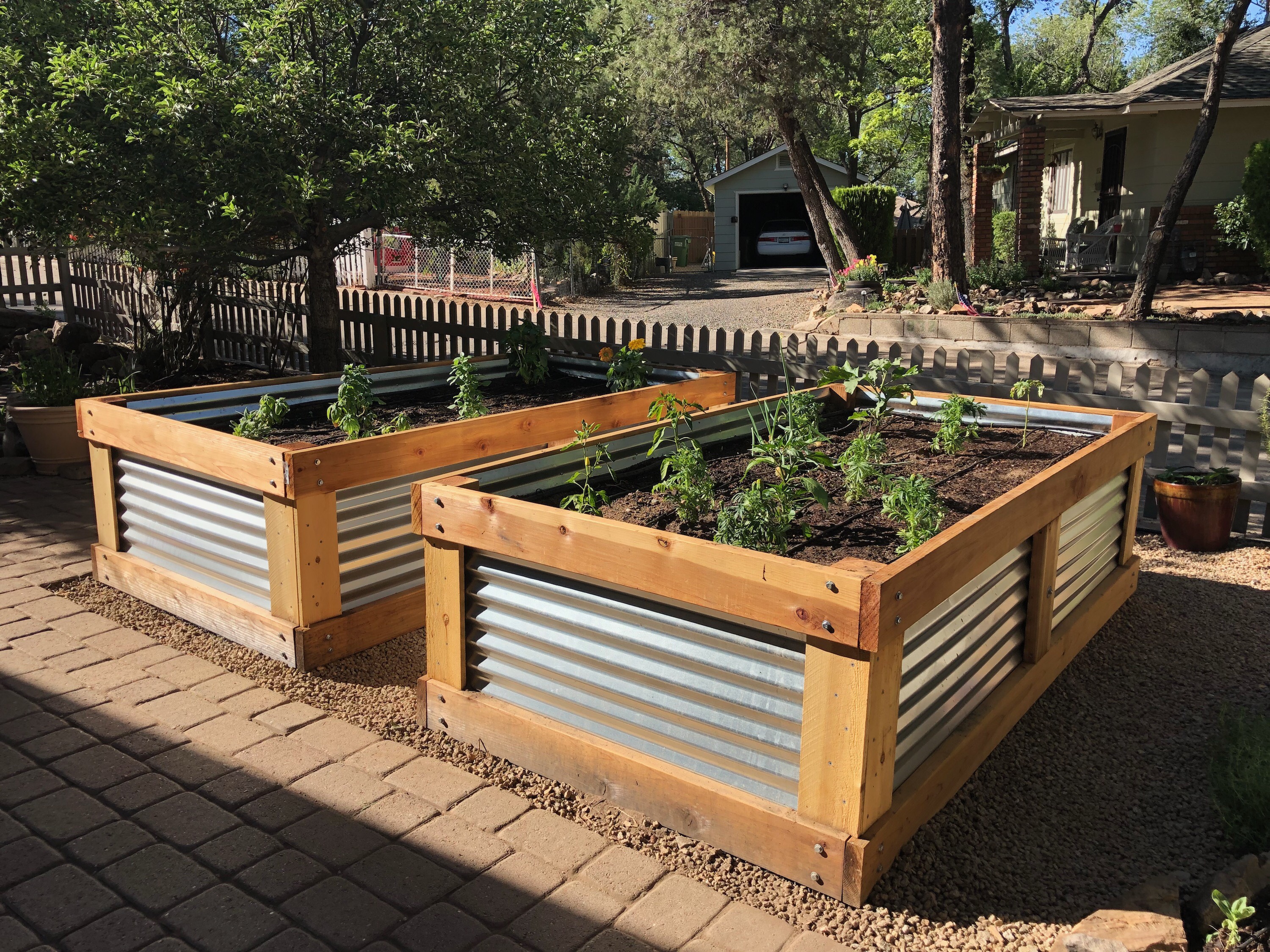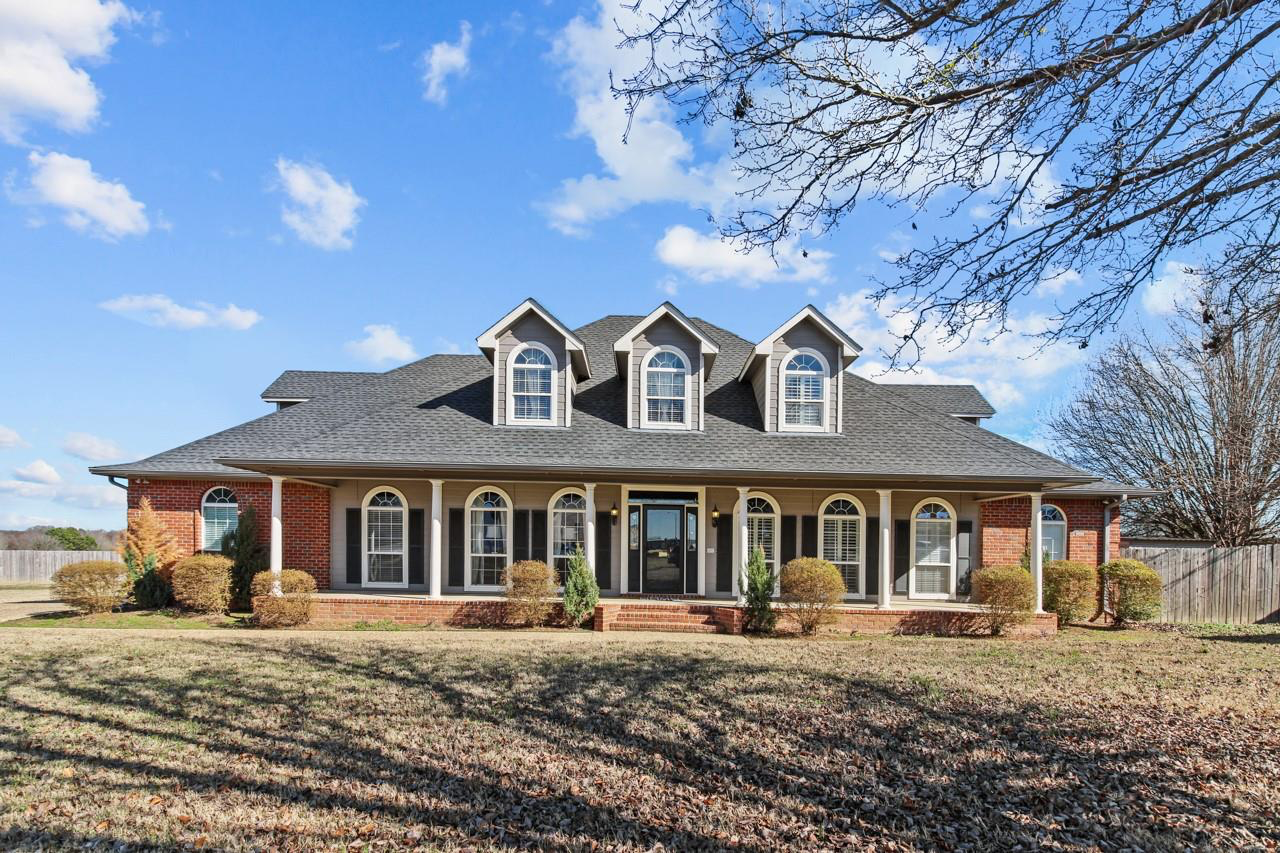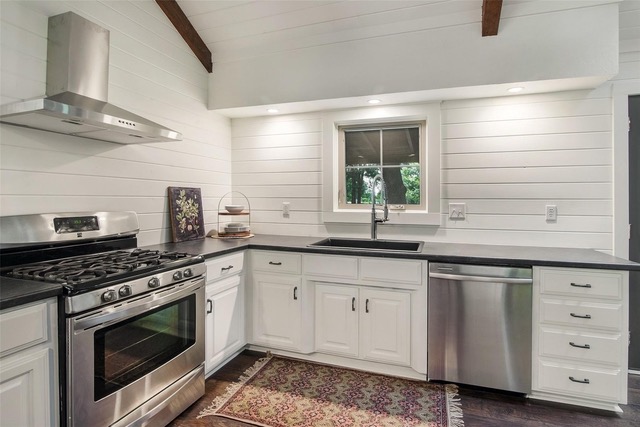New to gardening or want to make changes for improvement by Bob Suson, Hopkins County Master Gardeners

[adning id=”33097″]

A good plan is the first step in establishing a flourishing home vegetable garden. Planning includes selecting the garden location; deciding on the size of the garden; determining the types and varieties of vegetables to plant; and planning where, when, and how much of each vegetable to plant; and planning where, when, and how much of each vegetable to plant in the garden.
[adning id=”33207″]
Choose a place where the soil is loose, rich, level, and well-drained. Do not choose low areas where water stands or the soil stays wet. Vegetables will not grow in poorly drained areas. Do not plant where weeds do not grow; vegetables will not grow well there either. Vegetables need sunlight to grow well. Do not plant where buildings, trees or shrubs will shade the garden. Most vegetables need at least 6 hours of sunlight daily. Do not plant vegetables under the branches of large trees or near shrubs because they rob vegetables of food and water. A good tool to use is a camera to capture the conditions at different times of the day as to proper locations, and available sunlight.
Making the garden too large is one of the most common mistakes of enthusiastic, first-time gardeners. A garden that is too large will be too much work. When determining the size of your garden, consider these factors:
Available room: For apartment dwellers, the garden may be a planter box. In a suburban or rural area, however, there may be plenty of ground space for a garden.
Available time: If the only time you have for gardening is after work or school, or on weekends, there may not be enough time to care for a large garden.
Family size: If gardening is a family activity, a large space can be cared for. A larger family also can use more vegetables
Raised beds
Raised beds are freestanding garden beds constructed above the natural terrain. Texas gardeners are discovering that raised bed gardens can help solve many problems. In many areas of the state the soil contains too much sand or clay, or is too alkaline for some plants to grow well. Soil that is poorly aerated because of compaction or poor drainage also may be a problem. Soil quality problems are often aggravated in urban and suburban settings, where topsoil and vegetation have been removed or the grade changed during construction. Raised bed gardens improve growing conditions for plants by lifting their roots above poor soil. Soil in the beds can be amended to provide a better growing medium for plants, even plants that would not naturally thrive there. The soil in raised beds warms up earlier in the spring and is less apt to be invaded by certain grasses and by tree roots. Also, the height of raised beds may make them easier to maintain. The first step in planning a raised bed is deciding where it will be located. Site selection and plant selection go hand in hand. Many vegetables, ornamentals and herbs require a lot of sunlight; a bed for these plants should be located where it will receive full sun. If that is not possible, select a site that receives morning rather than afternoon sun. If only shady sites are available, try growing cool season vegetables that tolerate shade, such as broccoli, cabbage and lettuce. Also, some ornamental plants do best in partial shade. In windy regions, place beds where they are protected from prevailing winds by fences, buildings or other structures. Beds should not be located in frost pockets or where air circulation is poor because fungal diseases often develop where there is little air flow. A raised bed should drain well because soil that remains very wet will deprive plant roots of oxygen. Also, plant diseases develop more easily under wet conditions. Good drainage is especially important in vegetable beds. The soil and the location determine how well a raised bed will drain. If the bed contains clay soil, it should be amended with at least one third by volume of coarse sand, organic matter or a coarse grade of perlite to improve drainage. Do not locate a bed in a marshy area where it will sit in water. Construct landscape beds so that they slope about 2 percent (a ¼ inch drop per foot of horizontal distance) away from any structures, or away from the center of the bed. Sometimes it is necessary to install special drains; determine this during the planning stage. Drain tiles or septic line tubing can be extended the length of the bed and through the walls at either end to create a drainage channel. Normally, one line every 4 to 6 feet is sufficient. Another way is to dig a trench in the desired direction of water flow (from the bed to a lower elevation), lay 3 to 4 inches of coarse stone in the trench, and then lay tiles or perforated tubing made of clay, concrete or plastic in the center of the trench. Cover the trench with more coarse stone and then soil.
Acknowledgments
The original version of this publication was authored by Sam Cotner and B. Dean McCraw
Building a raised garden
Priscilla Files, Michael Arnold, Douglas Welsh, and Frank Dainello Former Extension Assistant; Professor, Horticultural Sciences;, The Texas A&M University System
[adning id=”33207″]














